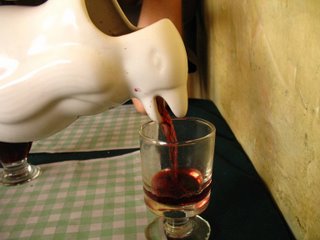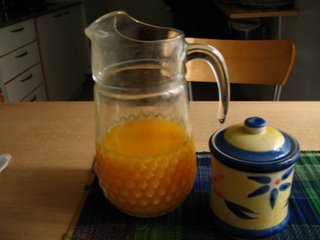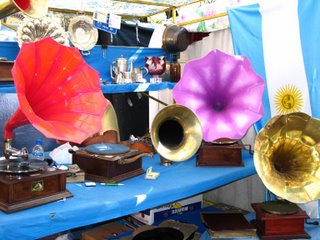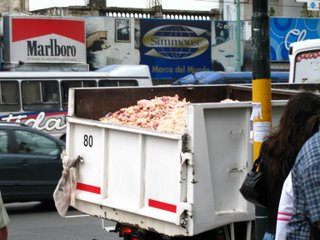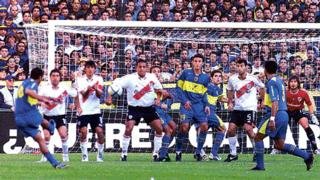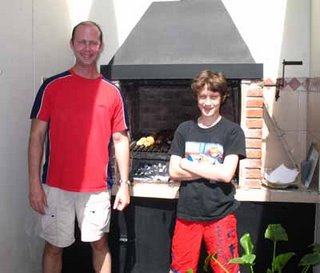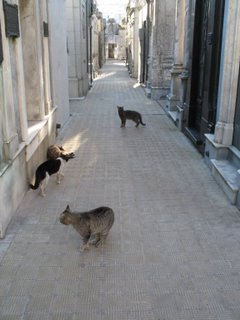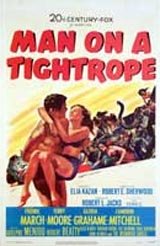Hablamos spanglish.
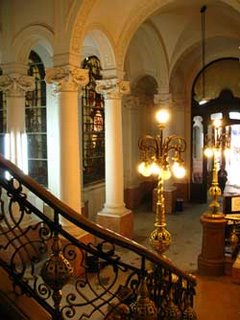 Nate and I arrived in Argentina with any study of Spanish well in our past (Emily: 6 years ago, Nate: 8 years ago). From those long, boring hours of high school Spanish we retained only an extremely limited vocabulary and an extensive knowledge of Mexican Day of the Dead folk customs (well, technically I have most of the knowledge of Mexican holidays, since Nate’s Jehovah’s Witness Spanish teacher apparently excised all holidays from the curriculum). In order to survive life in Buenos Aires, we decided to brush up on our meager skills with Spanish classes at the University of Buenos Aires (aka la UBA). The school has a series of classes, Español para Extranjeros (Spanish for Foreigners) that are tailor-made for our purposes. We go to class for two hours of mostly laid back conversation every day, and we hope that our Spanish is improving.
Nate and I arrived in Argentina with any study of Spanish well in our past (Emily: 6 years ago, Nate: 8 years ago). From those long, boring hours of high school Spanish we retained only an extremely limited vocabulary and an extensive knowledge of Mexican Day of the Dead folk customs (well, technically I have most of the knowledge of Mexican holidays, since Nate’s Jehovah’s Witness Spanish teacher apparently excised all holidays from the curriculum). In order to survive life in Buenos Aires, we decided to brush up on our meager skills with Spanish classes at the University of Buenos Aires (aka la UBA). The school has a series of classes, Español para Extranjeros (Spanish for Foreigners) that are tailor-made for our purposes. We go to class for two hours of mostly laid back conversation every day, and we hope that our Spanish is improving.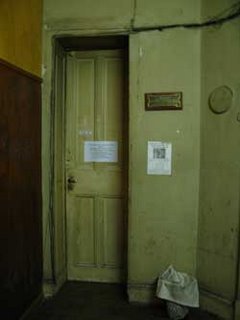
I like the Spanish classes because I have learned key life lessons, like the Spanish names for various internal organs, allowing me to avoid them on restaurant menus. (Tip: you probably do not want the mondongo). And I like the other extranjeros, who come from around the world, with various stories as to how and why they ended up in Argentina. I also like the Laboratorio de Idiomas, the charmingly decrepit building that houses our classes. So far the roof has not collapsed on any of my classes, but I believe it could happen any day. -EMW
